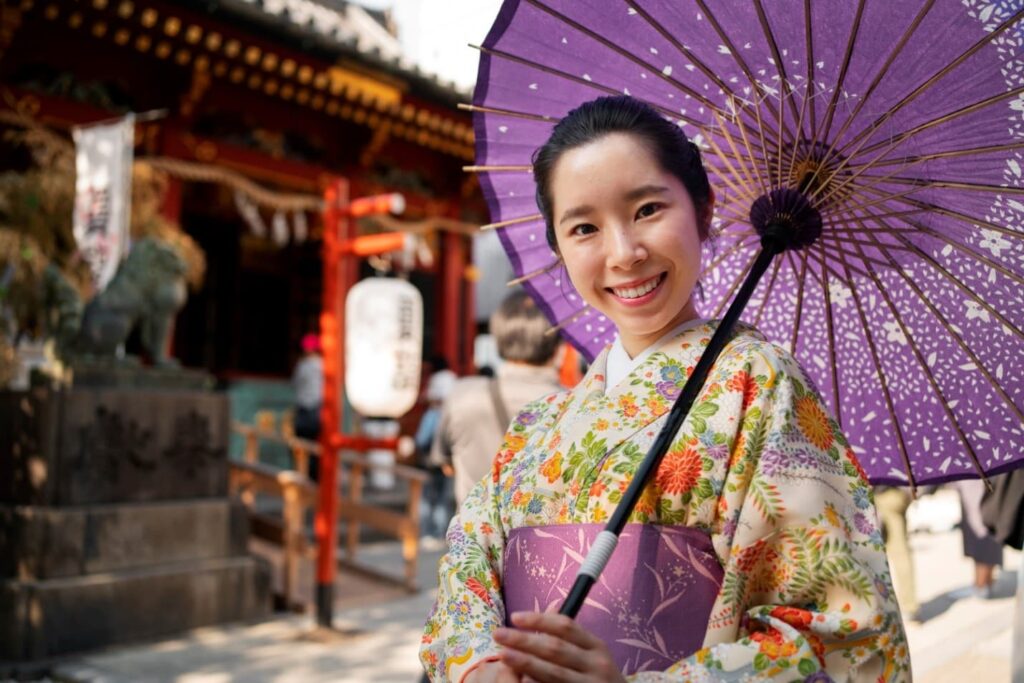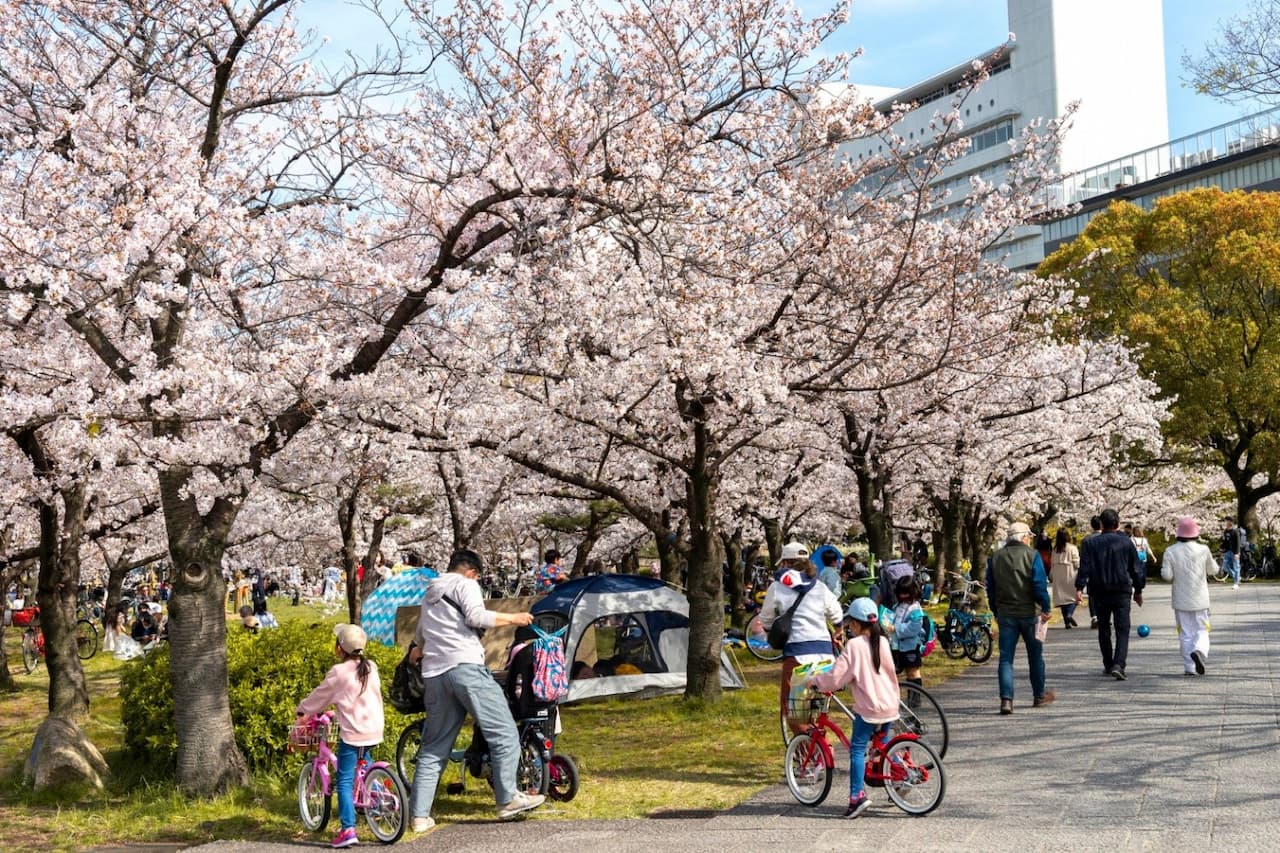Canada, known for its diverse cultural landscape, is no stranger to the influence of Japanese art festivals. Over the years, the synergy between these two cultures has blossomed, giving rise to a rich tapestry of events that celebrate Japanese art and traditions. In this article, we will delve into the exciting world of Japanese art festivals in Canada, exploring their history, significance, and impact on the cultural exchange between the two nations.
Japanese Art Festivals: A Brief Overview
Japanese art festivals are a colorful and lively celebration of Japan’s artistic heritage. These festivals showcase a wide range of traditional and contemporary art forms, including but not limited to Ikebana (the art of flower arranging), origami (the art of paper folding), calligraphy, traditional dance, and martial arts demonstrations. They offer a unique opportunity for Canadians to immerse themselves in Japanese culture and gain a deeper understanding of its intricacies.
The Roots of Japanese Art Festivals in Canada
The history of Japanese art festivals in Canada can be traced back to the early 20th century when the first wave of Japanese immigrants arrived. These festivals were initially small, community-centered events to preserve Japanese cultural traditions within the immigrant community. Over time, they evolved and expanded, drawing the interest and participation of Canadians from various backgrounds.
Cultural Exchange and Understanding
Japanese art festivals in Canada bridge the two cultures, fostering a deeper appreciation and understanding of Japanese art and traditions. These festivals allow Canadians to explore the beauty of Japanese art forms and connect with the Japanese-Canadian community. The exchange of ideas, customs, and traditions is at the heart of these events, making them an invaluable tool for cross-cultural understanding.
The Influence of Japanese Art on Canadian Creativity
One remarkable aspect of the connection between Japanese art festivals and Canada is the influence of Japanese art on Canadian creativity. Canadian artists often draw inspiration from Japanese aesthetics and techniques, creating unique and innovative artworks that blend both cultures. This creative exchange has resulted in stunning collaborations and a fusion of artistic styles.
Celebrating Japanese Festivals in Canada
Hanami: The Cherry Blossom Festival
One of the most cherished Japanese festivals celebrated in Canada is Hanami, the Cherry Blossom Festival. It takes place every spring when cherry blossoms bloom across the country. Canadians come together to enjoy the fleeting beauty of these delicate pink flowers, often organizing picnics, cultural performances, and art exhibitions.
Obon: The Festival of Souls
Obon is another significant Japanese festival celebrated in Canada. It’s a time to remember and honor deceased loved ones. Canadians participate in various Obon activities, such as traditional dance, lantern lighting, and food fairs. The festival promotes reflection and a sense of unity among communities.
Matsuri: Japanese Summer Festivals
Matsuri, or Japanese summer festivals, have become widespread in Canada. These events often feature colorful parades, street food vendors, taiko drum performances, and traditional games. Canadians of all backgrounds eagerly participate in these celebrations, creating a vibrant display of multicultural unity.
The Role of Canadian Museums and Institutions
Canadian museums and cultural institutions have been pivotal in promoting Japanese art and culture. They often host exhibitions, workshops, and educational programs centered around Japanese art, history, and traditions. These initiatives contribute to strengthening the cultural connection between the two nations.
Japanese Art Festivals in the Digital Age

The digital age has further enriched the connection between Japanese art festivals and Canada. Many festivals now offer online components, allowing Canadians to engage with Japanese culture from the comfort of their homes. Virtual exhibitions, live-streamed performances, and interactive workshops have opened new doors for cultural exchange.
Economic and Tourism Impact
The vibrant connection between Japanese art festivals and Canada has economic and tourism implications. These festivals attract visitors and generate revenue for local businesses. Tourists worldwide are drawn to Canada to experience the beauty and authenticity of these cultural events, contributing to the nation’s tourism industry.
Looking Ahead: The Future of Japanese Art Festivals in Canada
The future of Japanese art festivals in Canada appears promising. As both nations strengthen their ties, these festivals will likely expand and diversify. Collaboration between Canadian and Japanese artists and cultural organizations will continue to flourish, fostering creativity and mutual understanding.
Conclusion
The vibrant connection between Japanese art festivals and Canada is a testament to the power of culture in building bridges between nations. Through these festivals, Canadians are introduced to the rich and diverse world of Japanese art and find opportunities to collaborate, celebrate, and learn from the Japanese-Canadian community. As this connection continues to grow, it promises a future of artistic enrichment, cross-cultural understanding, and unity between the two nations.
